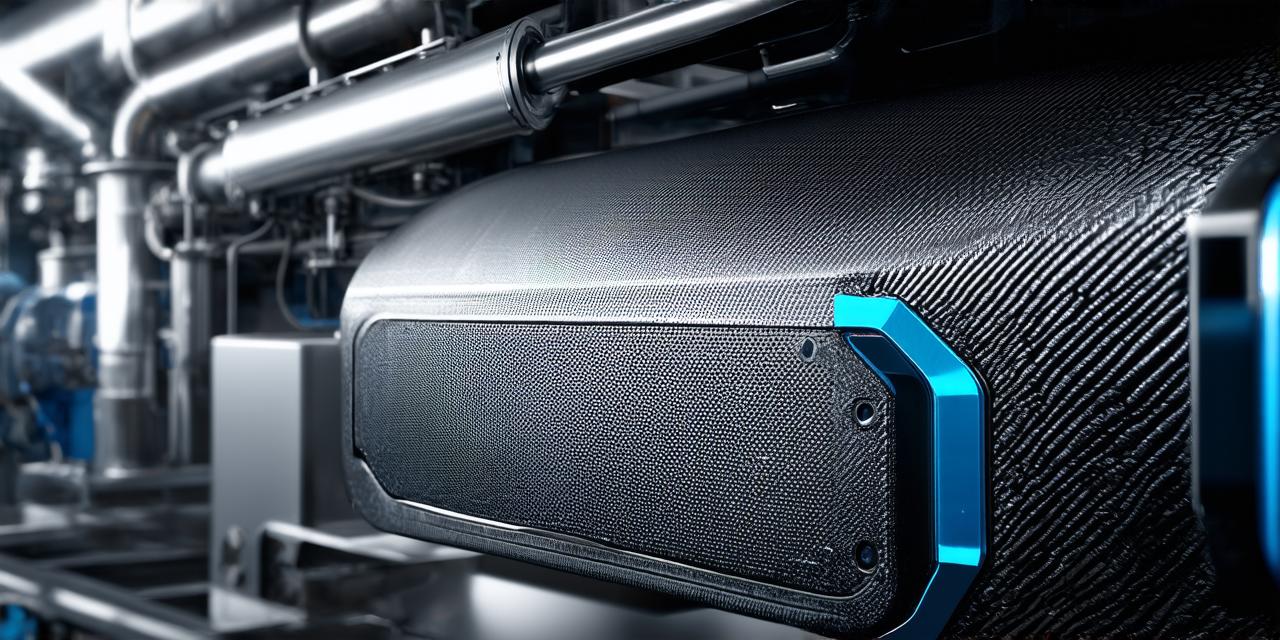Apple’s Outsourcing Countries: Where Does Apple Manufacture Its Products?
If you’ve ever wondered where Apple manufactures its products, you’re not alone. Many people believe that all of Apple’s products are made in the United States, but the truth is much more complex. In this article, we will explore the various countries where Apple manufactures its products and examine the reasons behind its outsourcing decisions.
Firstly, it’s important to understand that Apple is a global company with operations all over the world. The company has facilities in countries such as China, Vietnam, India, Brazil, Mexico, and the United States. Each of these countries plays a different role in Apple’s supply chain.
China is currently Apple’s largest manufacturing hub. The country has become increasingly important to Apple over the past decade due to its low labor costs and large pool of skilled workers. According to a report by the Economist Intelligence Unit, China accounts for around 80% of Apple’s total production capacity. This is largely due to the fact that China offers a cost advantage for many of the components that go into Apple’s products.
Apple’s presence in China has not been without controversy, however. In recent years, there have been concerns about working conditions in Chinese factories, as well as issues with intellectual property theft. Despite these challenges, Apple has continued to invest heavily in its operations in China, and it shows no signs of slowing down.
Vietnam is another country where Apple has a significant presence. The company has several manufacturing facilities in the country, which produce components for iPhones, iPads, Macs, and other products. Vietnam has become increasingly popular with companies looking to outsource manufacturing due to its low labor costs and skilled workforce. According to a report by the Boston Consulting Group, Vietnam is expected to become one of Apple’s top three production locations by 2025.
India is another country where Apple has recently expanded its operations. The company has opened several facilities in the country, which produce components for iPhones and other products. India has become increasingly popular with companies looking to outsource manufacturing due to its large pool of skilled workers and low labor costs. According to a report by the Indian Express, Apple is expected to invest around $1 billion in its operations in India over the next few years.
Brazil is another country where Apple has a presence. The company has several facilities in the country, which produce components for iPhones, iPads, and other products. Brazil has become increasingly popular with companies looking to outsource manufacturing due to its large pool of skilled workers and low labor costs. According to a report by the Wall Street Journal, Apple is expected to invest around $1 billion in its operations in Brazil over the next few years.
Mexico is another country where Apple has recently expanded its operations. The company has opened several facilities in the country, which produce components for iPhones and other products. Mexico has become increasingly popular with companies looking to outsource manufacturing due to its skilled workforce and low labor costs. According to a report by the Financial Times, Apple is expected to invest around $1 billion in its operations in Mexico over the next few years.
Finally, the United States remains an important part of Apple’s supply chain. The company has several facilities in the country, which produce components for iPhones, iPads, and other products. While labor costs in the US are higher than in some of the other countries on this list, the country offers a high level of innovation and skilled workers. According to a report by the Wall Street Journal, Apple is expected to invest around $10 billion in its operations in the United States over the next few years.
In conclusion, Apple’s outsourcing decisions are complex and multifaceted. While the company has faced challenges with working conditions and intellectual property theft in some of its production locations, it continues to invest heavily in its global supply chain.
